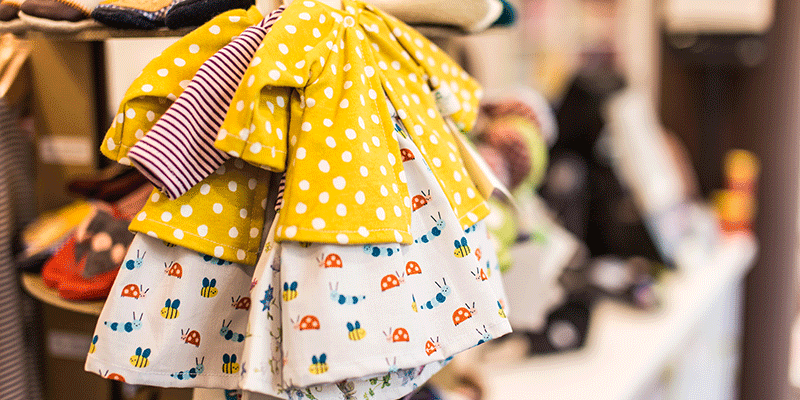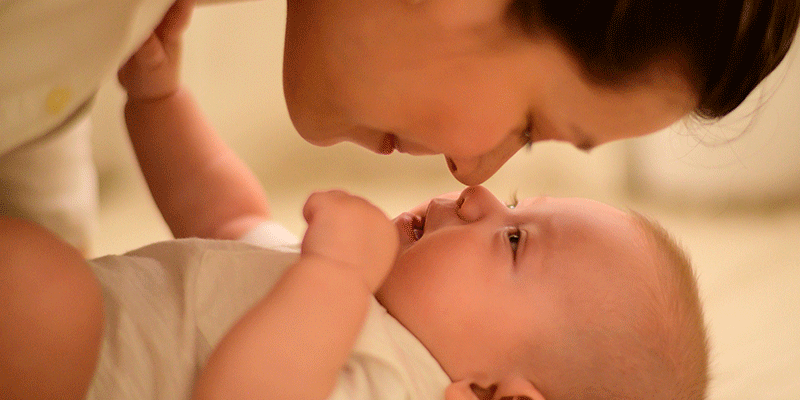
As your due date nears, you’ll need a basic collection of baby clothes and accessories that will get your newborn through his first few weeks.
A Suggested Starting List to Register For Includes:
- 3 or 4 pajama sets (with feet)
- 6 to 8 T- shirts
- 3 newborn sleep sacks
- 2 sweaters
- 2 bonnets/hats
- 4 pairs of socks or booties
- 4 to 6 receiving/swaddle blankets
- 1 set of baby washcloths and towels (look for towels with hoods)
- 3 to 4 dozen newborn-size diapers
- 3 to 4 onesies/T- shirts with snaps between legs
Guidelines on Making Baby Clothes Choices
Here are some suggestions to keep in mind when selecting clothing for your newborn:
- Buy big.Unless your baby is born prematurely or is very small, she probably will outgrow “newborn” sizes in a matter of days—if she ever fits into them at all! Even three-month sizes may be outgrown within the first month. You’ll want a couple of garments that your child can wear in the very beginning, but concentrate on larger sizes for the rest of the wardrobe. Your baby won’t mind if her clothes are slightly large for a while, or if she wears the same outfit every day.
- To avoid injury from a garment that catches fire, all children should wear flame-retardant sleepwear and clothing. Make sure the label indicates this. These garments should be washed in laundry detergents, not soap, because soap will wash out the flame retardant. Check garment labels and product information to determine which detergents to use.
- Make sure the crotch opens easily for diaper changes.
- Avoid any clothingthat pulls tightly around the neck, arms, or legs or has ties or cords. These clothes are not only safety hazards, but are also uncomfortable.
- Check washing instructions. Clothing for children of all ages should be washable and require little or no ironing.
Do not put shoes on a newborn’s feet. Shoes are not necessary until after she starts to walk. Worn earlier, they can interfere with the growth of her feet. The same is true of socks and footed pajamas if they’re too small and worn for a prolonged period of time.
Last Updated 11/12/2009
Source Caring for Your Baby and Young Child: Birth to Age 5, 6th Edition (Copyright © 2015 American Academy of Pediatrics)
The information contained on this Web site should not be used as a substitute for the medical care and advice of your pediatrician. There may be variations in treatment that your pediatrician may recommend based on individual facts and circumstances.






